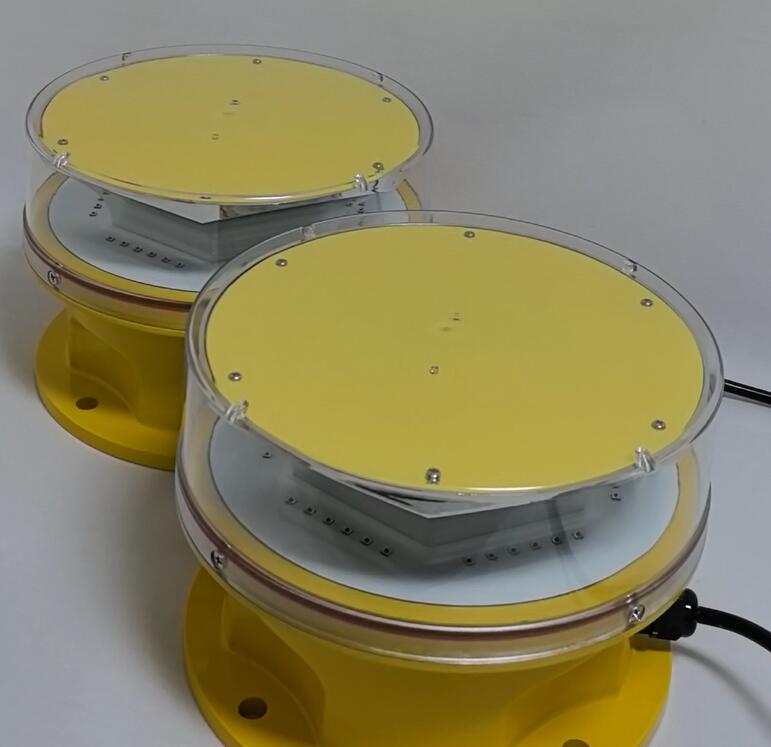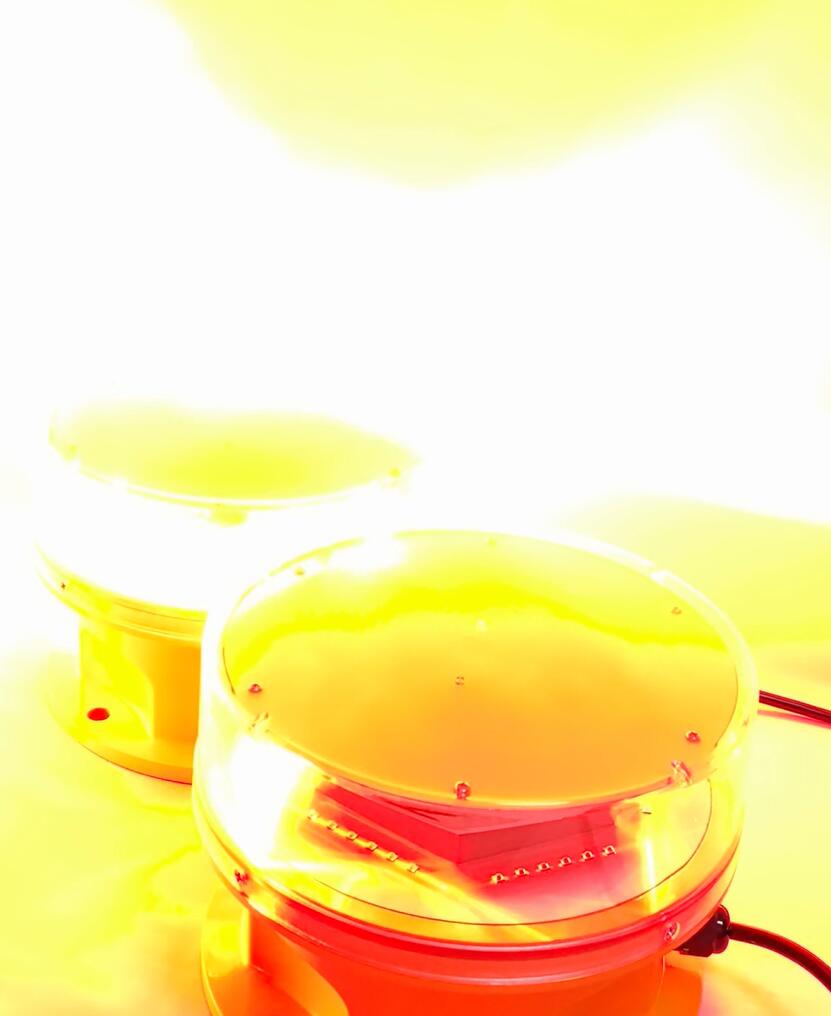In the complex tapestry of modern infrastructure, tower obstruction lighting plays a crucial yet often overlooked role. These specialized lighting systems are designed to ensure the safety of air navigation by making tall towers visible to pilots and aviators.
Towers, such as communication towers, wind turbines, and industrial chimneys, pose a significant hazard to aircraft. Without proper illumination, these structures can be difficult to detect, especially during adverse weather conditions or at night. This is where tower obstruction lighting comes into play.
The purpose of tower obstruction lighting is to provide a clear and visible indication of the presence of a tower. The lights are typically high-intensity and can be steady or flashing, depending on the specific requirements. They are strategically placed on the tower to ensure maximum visibility from all angles.
| Tower Obstruction Lighting | TYPE B | RED LIGHT |
One of the key challenges in implementing tower obstruction lighting is ensuring its reliability. These lights need to operate continuously and withstand various environmental factors, including high winds, rain, snow, and extreme temperatures. To achieve this, high-quality materials and advanced technology are employed.

Compliance with regulatory standards is another important aspect of tower obstruction lighting. Different countries and regions have specific guidelines and regulations regarding the installation and maintenance of these lighting systems. Tower owners and operators must ensure that their towers are properly lit in accordance with these standards to avoid potential legal issues and ensure the safety of air traffic.
The installation of tower obstruction lighting requires careful planning and expertise. The lights need to be positioned at the correct height and spacing to provide optimal visibility. Specialized equipment and trained personnel are often required to carry out the installation process safely and effectively.

Regular maintenance and inspection are essential to ensure the continued effectiveness of tower obstruction lighting. Damaged or malfunctioning lights need to be repaired or replaced promptly to maintain the integrity of the system. This requires a proactive approach and a commitment to safety on the part of tower owners and operators.
In addition to its role in aviation safety, tower obstruction lighting also has implications for other areas. For example, it can help emergency responders locate tall structures during search and rescue operations. It can also provide a visual reference for ground-based observers, enhancing overall situational awareness.
As technology continues to advance, so too does tower obstruction lighting. New materials and designs are emerging that offer improved visibility, energy efficiency, and reliability. For instance, the use of LED lights is becoming increasingly popular due to their long lifespan, low power consumption, and enhanced brightness.
Moreover, the integration of smart technologies and remote monitoring systems is enabling more efficient management of tower obstruction lighting. These systems can provide real-time data on the status of the lights, allowing for proactive maintenance and reducing the risk of downtime.
Tower obstruction lighting is a vital component of aviation safety and plays an important role in protecting lives and property. Its importance cannot be overstated, and it is the responsibility of tower owners, operators, and regulatory authorities to ensure that these lighting systems are properly installed, maintained, and compliant with all relevant standards. By doing so, we can help create a safer airspace and a more secure environment for everyone.